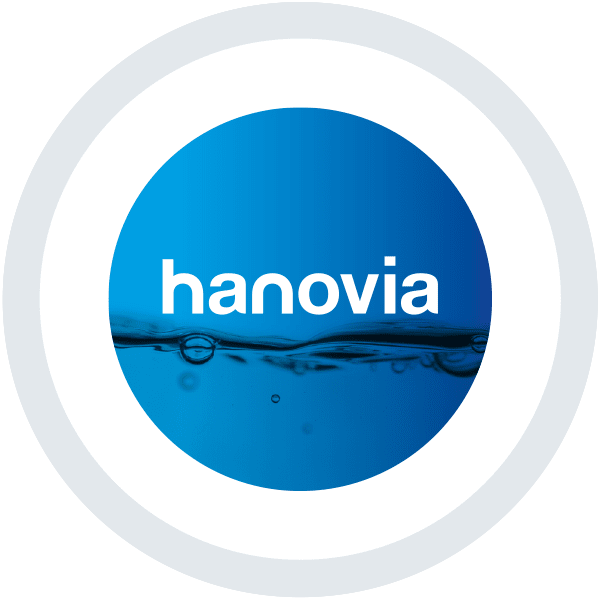Water Quality is the Key to Successful Fish Farming
By: Dan Shaver

Fish has been the fastest-growing food production sector over the past 20 years and the global trade in fish and fishery products has seen record growth over the past seven years. Countries such as the US, Japan, France and Spain are the consumption leaders and sales are forecast to hit $150bn in 2018, an increase of 7% over 2017.
Fish farming is expected to continue growing at a rate of 5% per year over the next decade. Businesses ranging from Marine Harvest, the largest salmon producer in the world, to overnight pop-up companies operating in small warehouses and basements are supplying the demand.
While growth at this rate can generate exceptional profits, it can also bring many problems. As with land animals, when fish farms become crowded, this makes it very easy for diseases to spread. Viral infections are particularly dangerous, since fish that survive their infections can become carriers and transmit viruses to non-infected fish, even if they present no symptoms.
In addition, fish are often given food that makes them grow faster but can cause health problems. Lipid visceral degeneration is a condition from which many fish suffer and is a result of being fed products such as other fish and crustaceans with a high density of fat and carbohydrates.
The following is a list of different diseases that fish suffer from, both in nature and especially in fish farms.
| 高剂量紫外线系统 | 活性炭过滤器 | 焦亚硫酸钠 | |
| 脱氯效果 | 良好 | 良好 | 良好 |
| 细菌污染 | 无–高剂量紫外线杀死微生物 | 高风险–高比表面积 | 易吸附营养源可能导致滋生硫代谢细菌 |
| 化学添加 | 无–无化学物质 | 无–无化学物质 | 有-增加下游技术的负荷 |
| 耗水量 | 零 | 高–需要经常反洗和消毒 | 低–化学加药箱补给,CIP |
| 对反渗透膜的影响 | 零–生物污垢明显减少 | 高–大量生物污垢,增加了颗粒负载 | 中等–增加了化学负载 |
| 连续运行 | 可以 | 每周停机进行一次反冲洗,频繁SIP | 可以–只要加药罐里药品充足 |
| 维护的影响 | 低– 每 | 6个月更换1次介质 | 每天检查化学物质水平 |
| 占地面积 | 低 | 高 | 中等 |
While many of these diseases can be treated with antibiotics and other drugs or chemicals, the best solution is a water quality program that limits the potential exposure and spread of waterborne pathogens.
Whether a facility is using a Recirculation Aquaculture System (RAS) or flow-through system, the introduction of contaminants must be controlled. A good supply of water, adequate in both quantity and quality, is essential to a successful fish farming operation. Ground water obtained from deep wells or springs is the best source of water for fish culture. Generally, it is free of pollutants and has relatively high hardness levels, which are beneficial under some circumstances. Municipal water supplies also can be used after chlorine, fluoride and other chemicals are removed.
Other sources of water – particularly surface water from streams, rivers, ponds and lakes – are not recommended for fish culture. Surface water may contain fish diseases, parasites, pesticides and other pollutants that can kill or slow the growth of fish. Testing the quantity and quality of the available water supply is one of the first steps a prospective fish farmer should take.
Ensuring water quality parameters are achieved typically requires the use of filtration, ozone or UV disinfection, or some combination of the three. While ozone has traditionally been used within this application, it has come under intense scrutiny due to the high level of technical training required to operate it correctly and its unforgiving nature in the event of an overdose or failure. With several high-profile ozone system failures that have resulted in mass aquaculture deaths, filtration and UV are becoming more commonplace solutions.
One of the biggest advantages of UV systems is that they have no byproduct formation and leave no residual in the water. This ensures that fish remain protected and are not subjected to harmful chemicals. UV plays a vital role in destroying bacteria, viruses, protozoans, cysts, spores, unwanted algae and other microorganisms. Also, when coupled with filtration, UV can provide a robust solution from flows as low as a few gallons per minute all the way up to 12 or 15 million gallons per day.





 沪公网安备 31011202013557号
沪公网安备 31011202013557号